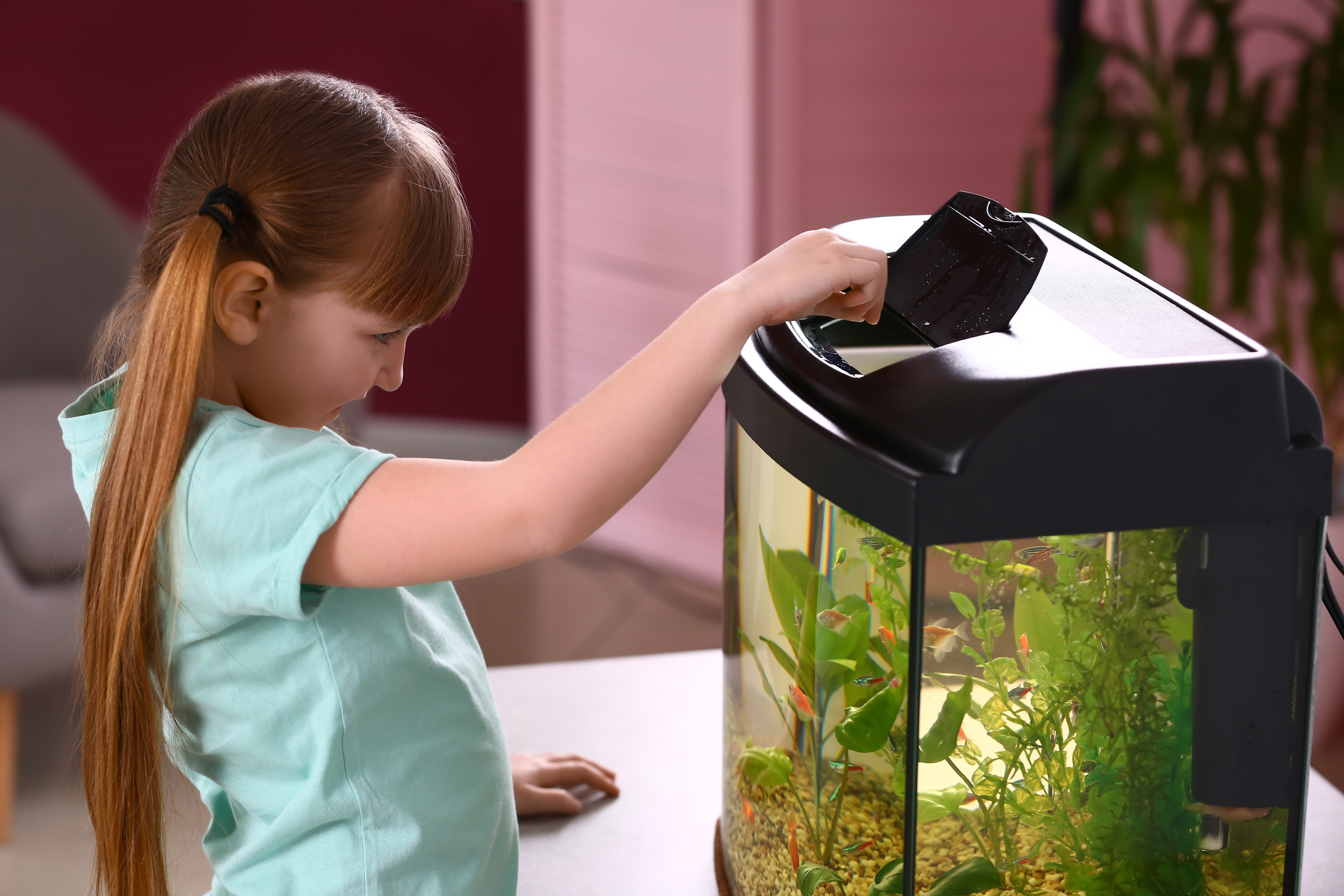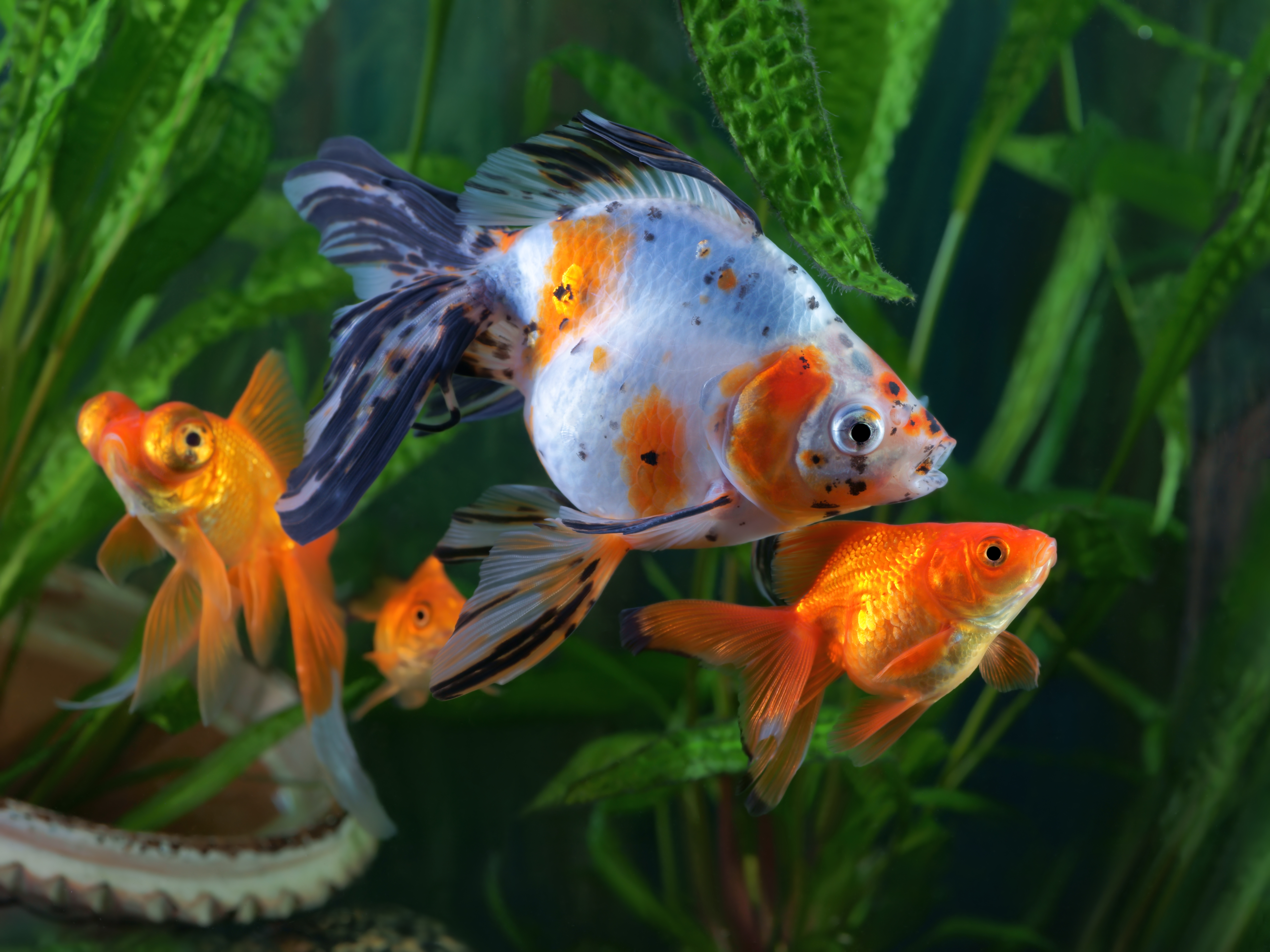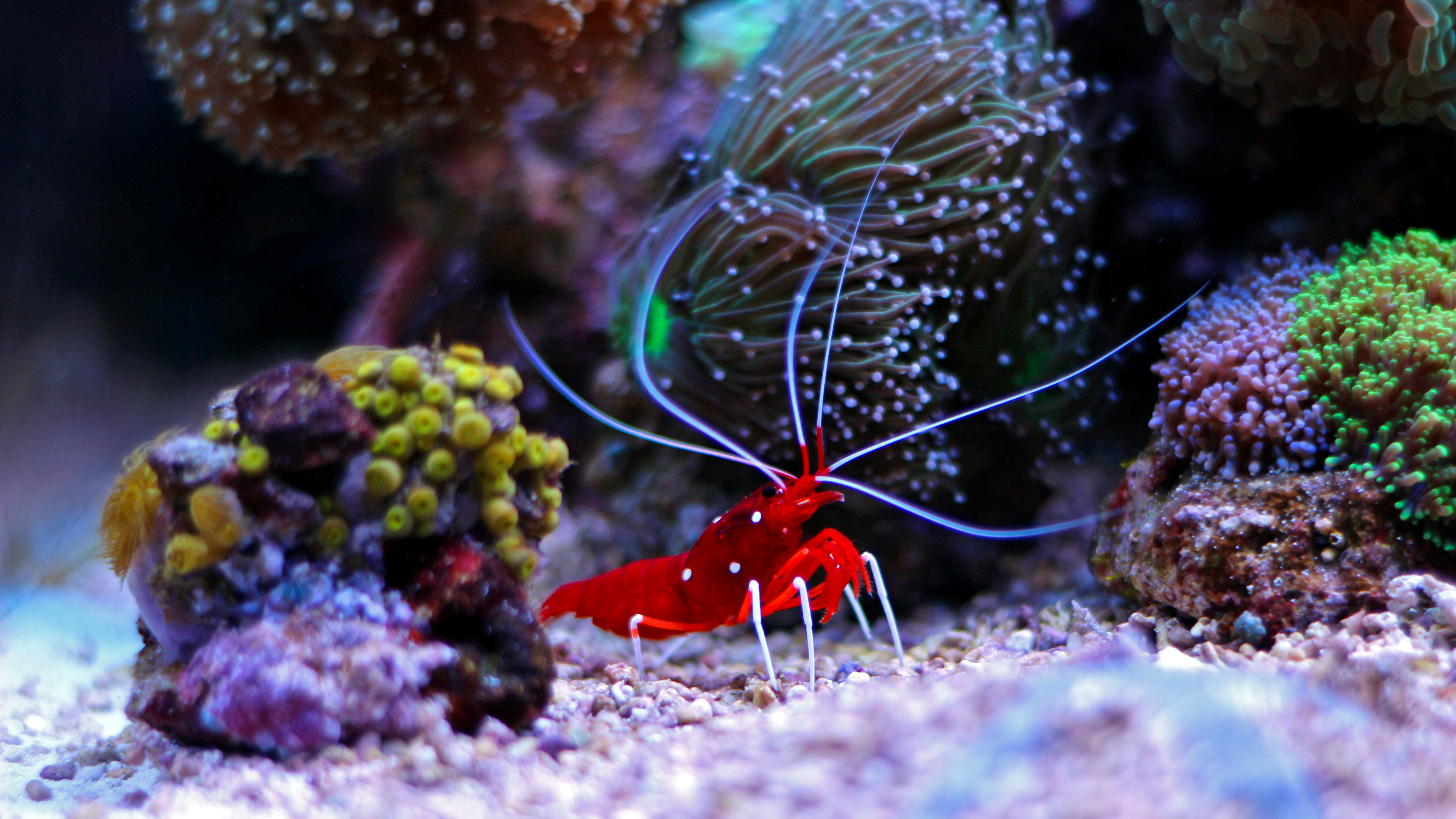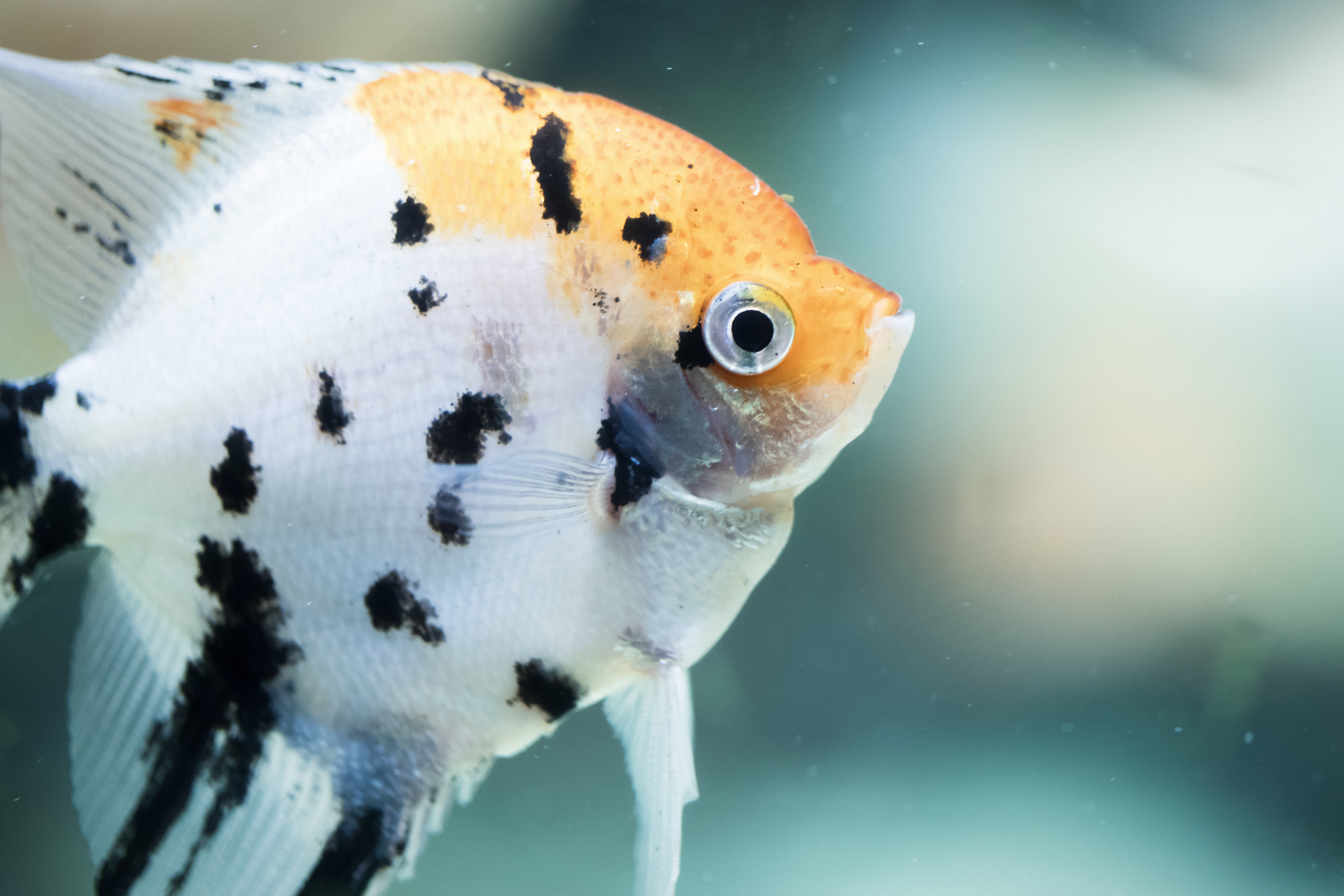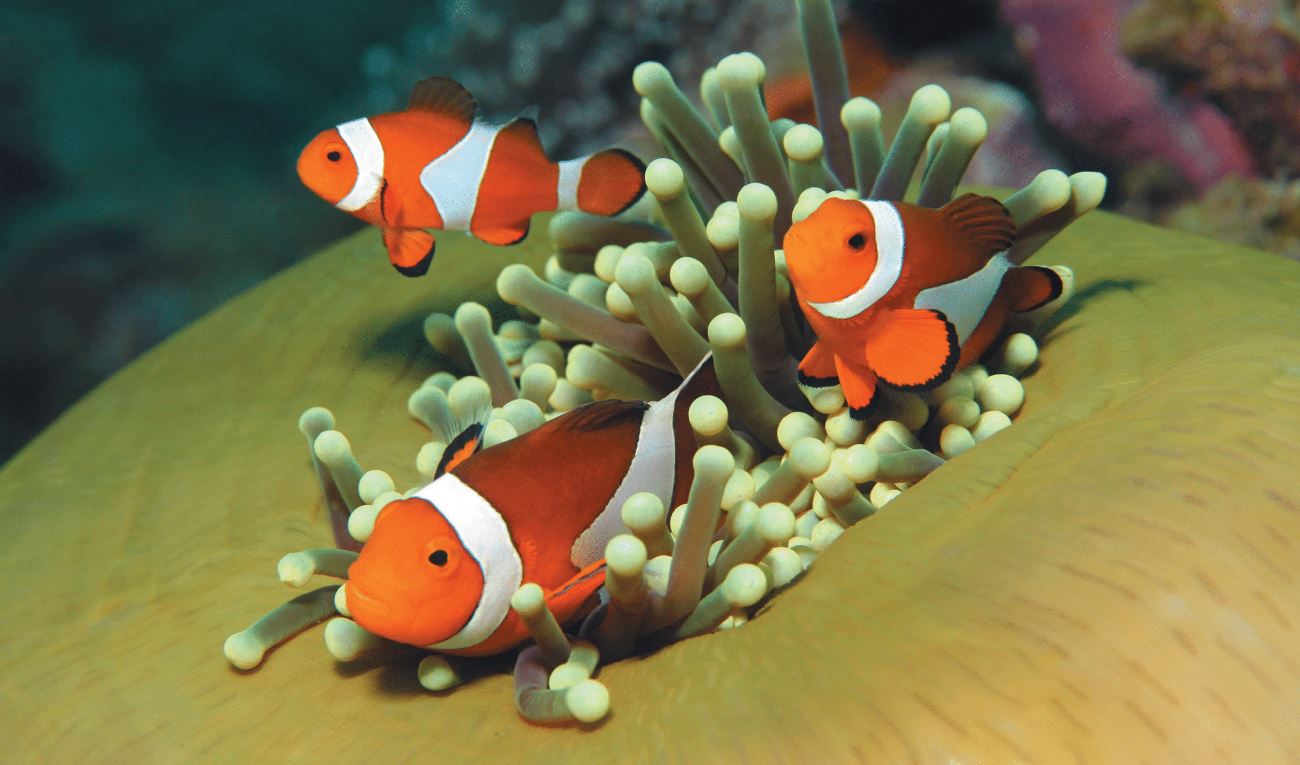Where to Start?
Joe Olenik //April 30, 2015//
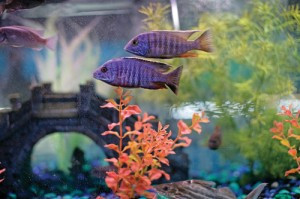 Aquarium starter kits are the most valuable tool independent retailers have for recruiting new ornamental fish hobbyists.
Aquarium starter kits are the most valuable tool independent retailers have for recruiting new ornamental fish hobbyists.
“Consumer research, retailer feedback and social posts suggest that purchasing an empty tank with all of its necessary components is often intimidating to new hobbyists,” said Catherine Langford, product manager for aquarium environments at United Pet Group Aquatics. “An aquarium starter kit helps take the guesswork out of setting up a new system.”
“Aquarium kits play a huge role in recruiting new hobbyists because they are convenient, easy to set up and offer the consumer everything they would need to get into the hobby,” said Karina Esquivel, senior brand manager at Central Garden & Pet.
Lots of Options
Today’s aquarium kits not only offer consumers quality equipment but also give hobbyists a formula for success. Instructions included in most kits, as well as online support offered by manufacturers, give hobbyists all the tools they need to be successful.
“Retailers should look for kits that offer high-quality equipment to ensure early success,” said Langford. “An economically-conscious kit that includes the essentials, as well as customer-service-oriented support for a successful start, is simply put, critical. We offer a free, step-by-step program called TetraCare that walks new aquarium owners through set up, start up and maintenance.”
To help shoppers make the right purchase, sales staff should ask key questions before recommending the appropriate starter kit.
“Consumers should consider several factors when choosing an aquarium, including their target budget, the type of fish they are going to buy, as well as how much space they have for their setup,” said Esquivel.
Desktop aquariums of 5 gallons or less are great for kids and also make attractive accents to kitchen counters, work spaces and living areas. They’re perfect for bettas and small freshwater fish but the owner must be careful not to overstock them. Conventional glass aquarium kits from 10 to 55 gallons offer more flexibility in terms of size and numbers of fish and tend to be more stable and easier to maintain.
In addition to traditional rectangular aquariums, Aqueon features complete glass bow-front aquarium kits in several sizes. Specialty kits like Coralife’s Bio-Cubes and JBJ’s Nano Cube series feature high-output lighting and integrated filtration systems, making them ideal for budding saltwater or live plant enthusiasts.
Another trend manufacturers are noticing in today’s aquarium market is in lighting, specifically LED.
“This has become very popular with new hobbyists and is quickly taking over the fluorescent and incandescent markets. The Aqueon kits include an energy-saving low-profile LED hood that features cool white modules for total illumination,” said Esquivel. “Aqueon LED Bubble Wands add accent lighting and help with water circulation.”
Marineland’s glass aquarium starter kits also feature LED lighting, with manually switched nighttime blue lights.
Selling Kits
Effective starter kit merchandising should always include a live display. An attractively decorated aquarium with brightly colored fish swimming around in it is guaranteed to inspire shoppers to set up one of their own. Make sure the display tank is topped off at all times and the glass is kept meticulously free of algae and water marks.
Accessory merchandising should include all the essentials to complete a setup, including stands for larger aquariums, décor items, gravel, background material and maintenance equipment.
“We’ve seen a rise in interest from newcomers to the hobby in terms of color alone—more colorful fish, more vibrant plants, illuminated lighting and décor, as well as new types of décor altogether,” said Langford.
Guiding new hobbyists through the beginning stages of owning an aquarium is crucial to their long-term success. Langford suggested the use of a bacteria starter such as SafeStart, as well as test strips to help prevent fish losses while new aquariums are going through their initial biological cycle. In addition, she recommended a siphon and instructions in how to do regular partial water exchanges.
“Ultimately, positioning the consumer to develop a habitual routine each month will go a long way in maximizing the enjoyment of their new recreational hobby while minimizing any potential problems with their new aquarium,” said Langford.
Aquariums add significantly to our living spaces and quality of life, as well as being fun and educational for people of all ages. Getting a good start with the right equipment and having a sound support mechanism from store employees will keep hobbyists involved, as is evidenced by the many long-term hobbyists who are now passing their love of all things aquatic on to their children. Offering quality starter kits and backing them up with knowledge and enthusiasm will keep consumers coming back to your store for years to come.






